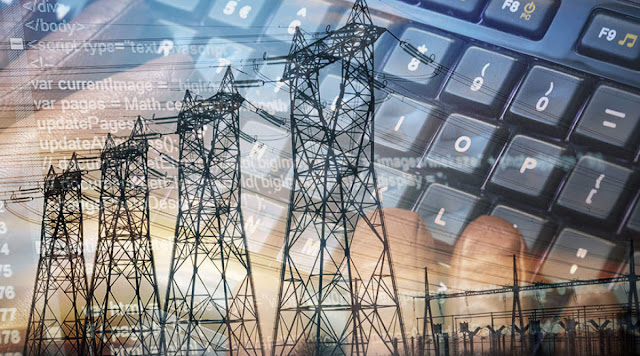 |
| Critical Infrastructure Protection (CIP) |
Critical infrastructure
forms the backbone of modern societies, encompassing systems and assets
essential for the functioning of economies, public health, and national
security. Given their significance, protecting these assets from various
threats is paramount to ensure the stability and resilience of societies.
Identifying
Vulnerabilities
- The first step in effective
critical infrastructure protection is identifying vulnerabilities within
key systems and assets.
- By conducting comprehensive risk
assessments and threat analyses, stakeholders can pinpoint potential
weaknesses and prioritize mitigation efforts to safeguard against various
hazards.
Implementing Robust
Security Measures
- Once vulnerabilities are
identified, it's crucial to implement robust security measures to protect Critical
Infrastructure Protection (CIP) assets.
- This may involve deploying physical
barriers, surveillance systems, access controls, and cybersecurity
protocols to deter and mitigate threats ranging from natural disasters to
cyberattacks.
Fostering Collaboration
and Coordination
- Critical infrastructure protection
requires collaboration and coordination among various stakeholders,
including government agencies, private sector entities, and community
organizations.
- By fostering partnerships and
information-sharing mechanisms, stakeholders can enhance situational
awareness, facilitate rapid response, and improve overall resilience in
the face of emerging threats.
Investing in Resilience
and Continuity Planning
- Building resilience is essential for
minimizing the impact of disruptions on critical infrastructure
operations.
- Investing in resilience and
continuity planning involves developing robust contingency plans,
redundancy measures, and recovery strategies to ensure the rapid
restoration of essential services following a disruptive event.
Embracing Emerging
Technologies
- Embracing emerging technologies is
essential for enhancing critical infrastructure protection capabilities.
- Innovations such as artificial
intelligence, machine learning, and the Internet of Things (IoT) can
enable proactive threat detection, predictive analytics, and adaptive
response strategies, strengthening overall resilience.
Critical infrastructure
protection is vital for safeguarding vital assets that underpin the functioning
of societies. By identifying vulnerabilities, implementing robust security
measures, fostering collaboration and coordination, investing in resilience and
continuity planning, and embracing emerging technologies, stakeholders can
mitigate risks and enhance the resilience of critical infrastructure systems
and assets in an ever-evolving threat landscape.
